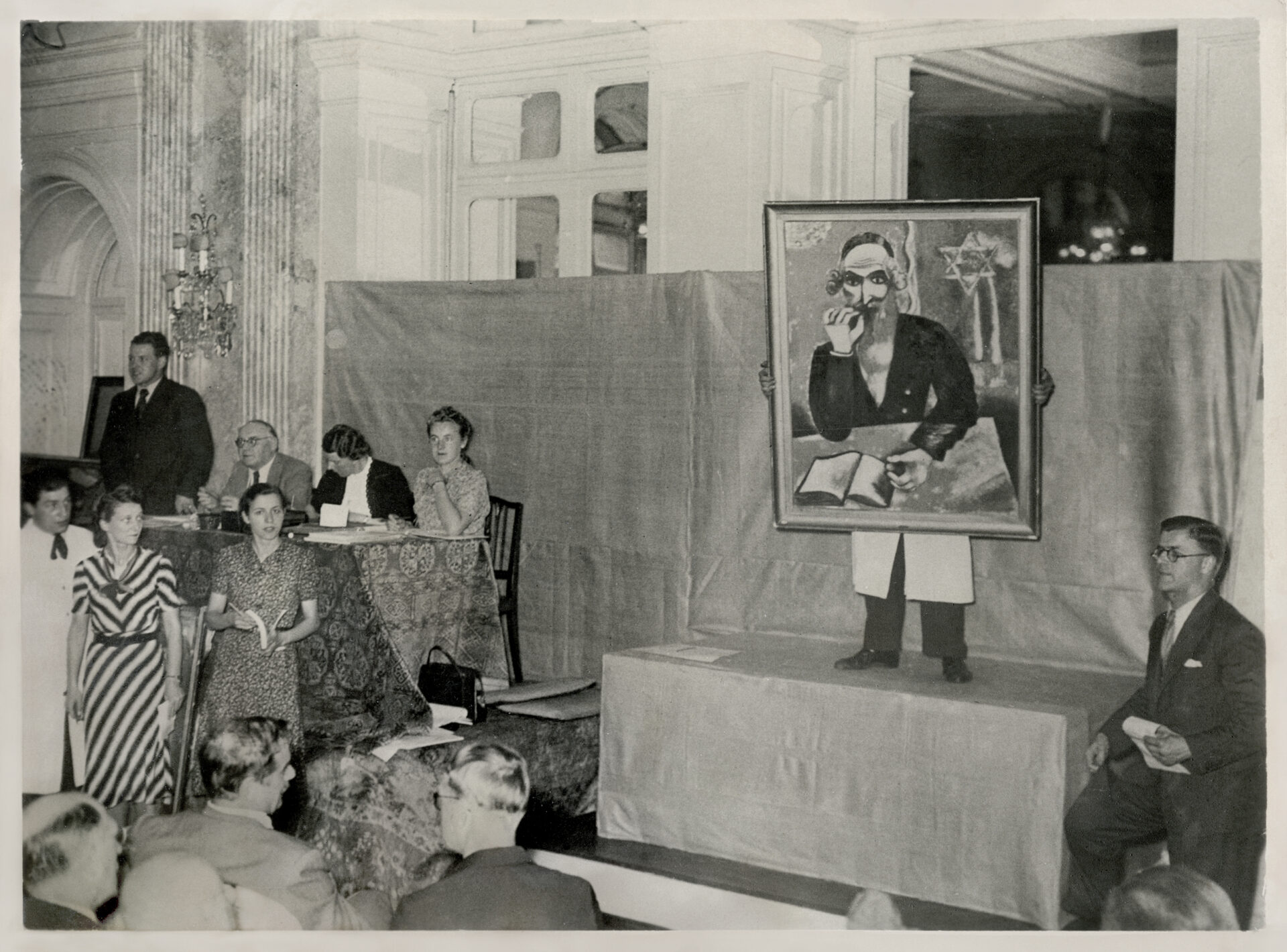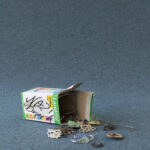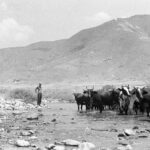«We’re asking about profit, morality, money and rescue.»
Eva Reifert on the exhibition «Castaway Modernism»
In October 2022, the Kunstmuseum Basel opened the exhibition «Castaway Modernism. Basel’s Acquisitions of ‹Degenerate› Art.» The exhibition shows works purchased by the Kunstmuseum in 1939 after Nazi Germany confiscated them from its museums and put them up for sale. The Kunstmuseum Basel bought some of the works in an auction in Lucerne and others in Berlin – and began to form an important collection of modern European art. Dr. Eva Reifert, curator of 19th century and classical modernist art at the Kunstmuseum Basel, spoke with Dr. Naomi Lubrich about an exhibition topic which finally found its moment.
Naomi Lubrich: Eva, you have wanted to exhibit the 1939 ‹degenerate› art purchases for many years. Has its time finally come?
Eva Reifert: I started preparing the concept in 2017/18. In 2021, Tessa Rosebrock, the head of the new provenance research department, joined me to work on the exhibit. We took our time to think through the topic thoroughly and to structure and plan the presentation. We are lucky to be able to discuss this topic in Switzerland in an open and engaged conversation. The project fits our time.
NL: What types of art were classified as ‹degenerate›?
ER: Nazi Germany used the term ‹degenerate› arbitrarily for anything that did not suit the regime’s world view. The Nazis defamed art that appeared too modern or was not in line with the party’s ideology, for instance works of expressionist, dadaist, surrealist, cubist and fauvist art. ‹Degenerate› delegitimized works by artists favored by the Weimar Republic’s liberal art policy, by Jewish artists and works with Jewish and political subjects.
NL: What kind of an impact did the acquisitions have on the Kunstmuseum Basel?
ER: The 21 works acquired in 1939 set the Kunstmuseum on a new course. They laid the foundation of the collection of modern European art, which then grew in the following decades thanks to loans, donations, and acquisitions. Without the acquisitions of that time, the Kunstmuseum would not have become what it is today.
NL: What questions would you like to leave the audience with?
ER: An ‹opinion wall› at the center of the exhibit traces the historical discussions about profit, morality, money and rescue. We display the key documents but allow the visitors to form their own opinions. At the end of the tour, we hope to leave them with arguments that are complex and dense, and an understanding of the situation. I’m interested to hear what the viewers think after their visit – we invite them to post their feedback and ask questions on our website. For those who want to discuss the topic in person, we offer dialog tours in which participants can ask questions. And at the end of the exhibit, we present the correspondence between Paul Westheim, a Jewish art critic, and Georg Schmidt, the director of the art museum at the time, which the visitors can listen to as an audio collage.
NL: I’ll definitely have a listen. Eva, thank you very much for your insight!
verfasst am 09.12.2022
Auction Theodor Fischer, Lucerne 1939
View of the Gallery Fischer as Marc Chagall's La Prise (Rabbin) is being auctioned.
Fotostiftung der Schweiz, Gotthard Schuh



